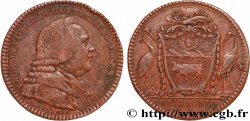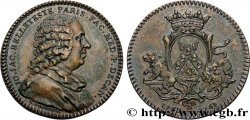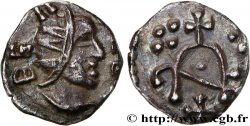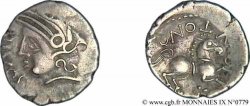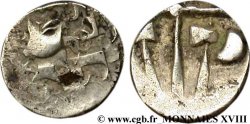v11_1361 - FACULTÉ DE MÉDECINE DE PARIS Jeton AR 29, Jean-Charles DESESSARTZ 1777
MONNAIES 11 (2002)
Starting price : 152.45 €
Estimate : 381.12 €
Realised price : 182.94 €
Number of bids : 2
Maximum bid : 204.59 €
Starting price : 152.45 €
Estimate : 381.12 €
Realised price : 182.94 €
Number of bids : 2
Maximum bid : 204.59 €
Type : Jeton AR 29, Jean-Charles DESESSARTZ
Date: 1777
Metal : silver
Diameter : 29 mm
Orientation dies : 6 h.
Weight : 7,09 g.
Edge : cannelée
Rarity : R2
Coments on the condition:
Ce jeton est recouvert d’une belle patine grise au droit comme au revers ; son flan est large et laisse apparaître une bonne partie des grènetis extérieurs
Catalogue references :
Obverse
Obverse legend : JOAN. CAR. DES. ESSARTZ. LING. FAC. MED. P. DEC..
Obverse description : Buste habillé à gauche de Jean-Charles Desessartz signé sous l’épaule B. DUVIV..
Reverse
Reverse legend : SECTIO / SYMPHYS. OSS. PUB. / LUCINA NOVA / 1768 / INVENIT, PROPOSUIT / 1777 / FECIT FELICITER / J. R. SIGAULT D. M. P. / JUVIT / ALPH. LE ROI. / D. M. P..
Reverse description : en onze lignes dans le champ.
Commentary
Né près de Bar-sur-Seine, ce que rappelle le nom de la tribu des lingons dans la légende de droit, Desessartz reçut son titre de docteur à l'Université de Reims. Il reçut les titres de professeur de chirurgie puis de pharmacie et fut parmi les membres initiaux de l'Institut. Ce jeton rappelle la première symphyséotomie pratiquée le premier octobre 1777 par Sigault et le roi sur une patiente dont les quatre premiers enfants étaient venus au monde morts. Grâce à cette section de la symphyse pubienne, l’enfant pu naître sans problème. Pour récompenser les deux opérateurs, il fut décidé la frappe de 150 jetons, 100 pour Sigault et 50 pour le roi.
Born near Bar-sur-Seine, as recalled by the name of the Lingon tribe in the legal legend, Desessartz received his doctorate at the University of Reims. He received the titles of professor of surgery and then of pharmacy and was among the initial members of the Institute. This token commemorates the first symphysiotomy performed on October 1, 1777, by Sigault and the king on a patient whose first four children had been born dead. Thanks to this section of the pubic symphysis, the child was able to be born without problems. To reward the two operators, it was decided to mint 150 tokens, 100 for Sigault and 50 for the king.
Born near Bar-sur-Seine, as recalled by the name of the Lingon tribe in the legal legend, Desessartz received his doctorate at the University of Reims. He received the titles of professor of surgery and then of pharmacy and was among the initial members of the Institute. This token commemorates the first symphysiotomy performed on October 1, 1777, by Sigault and the king on a patient whose first four children had been born dead. Thanks to this section of the pubic symphysis, the child was able to be born without problems. To reward the two operators, it was decided to mint 150 tokens, 100 for Sigault and 50 for the king.







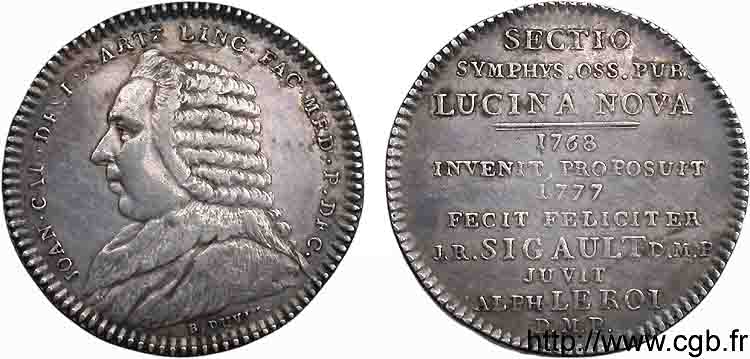
 Report a mistake
Report a mistake Print the page
Print the page Share my selection
Share my selection Ask a question
Ask a question Consign / sell
Consign / sell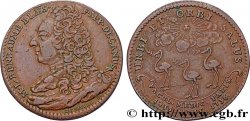
 Full data
Full data